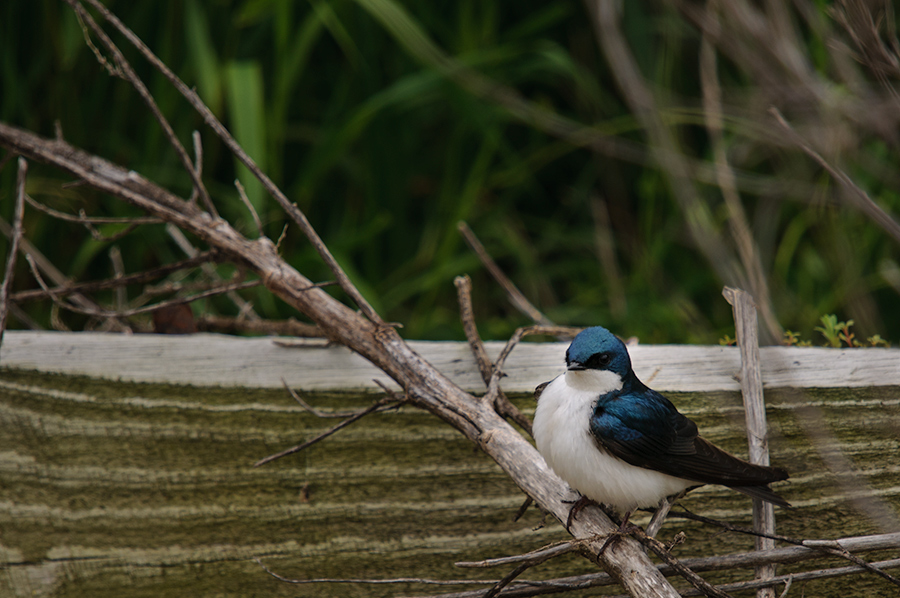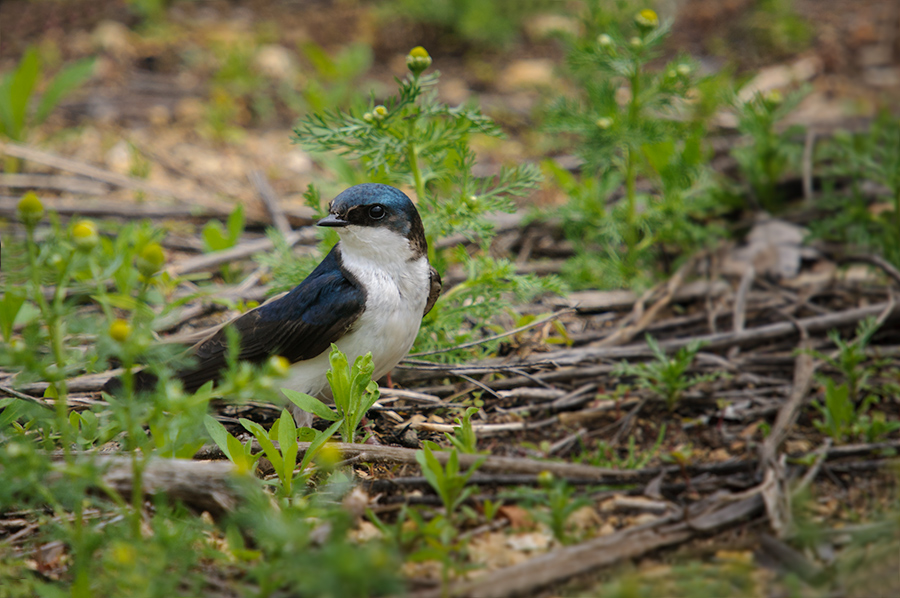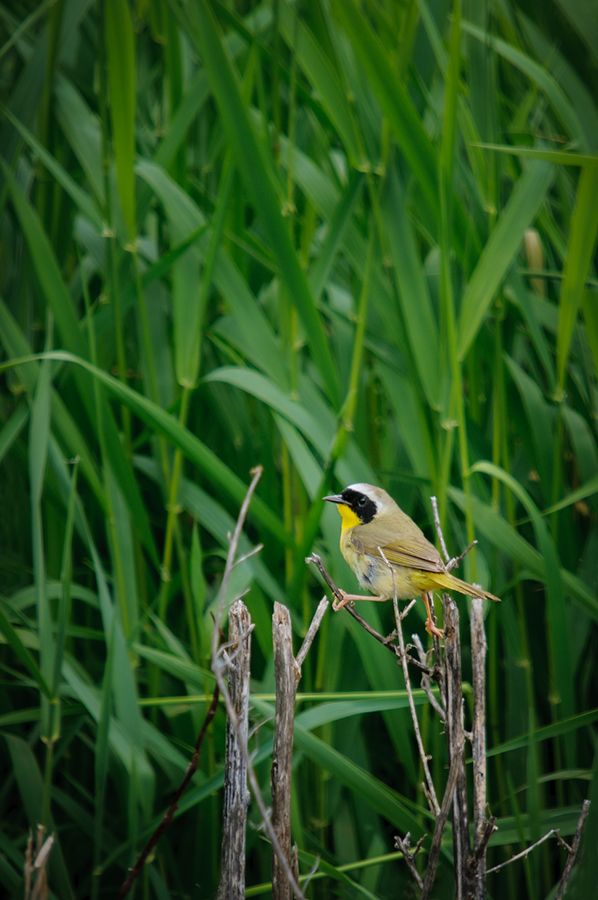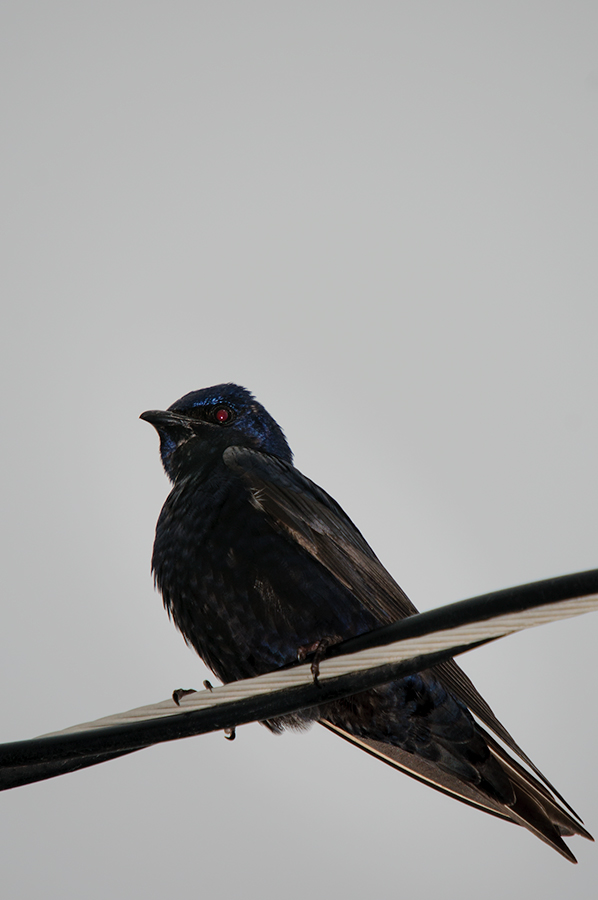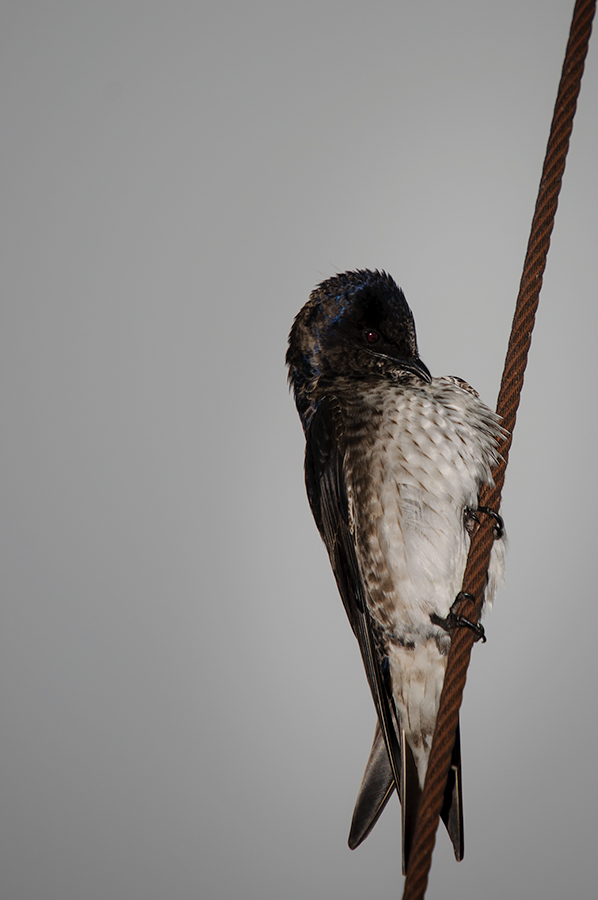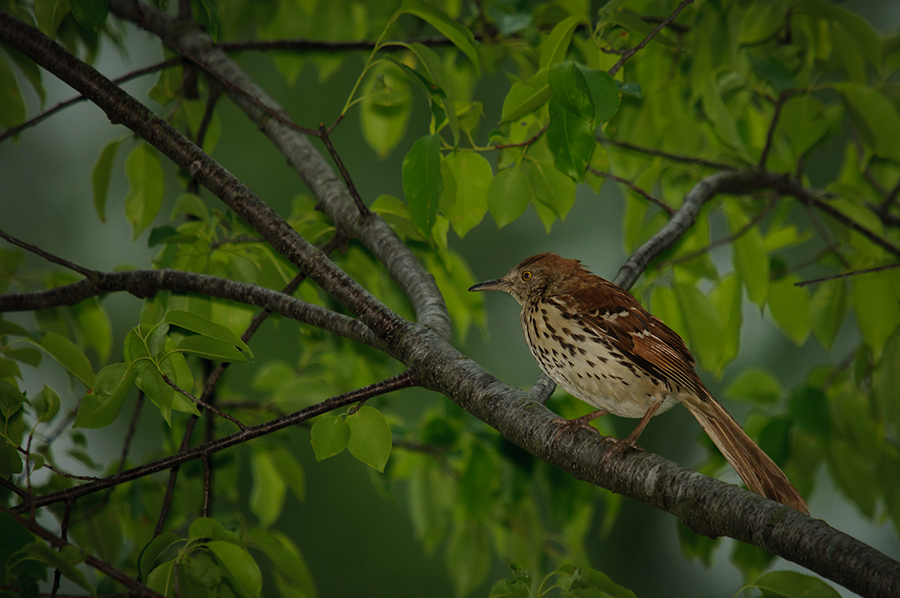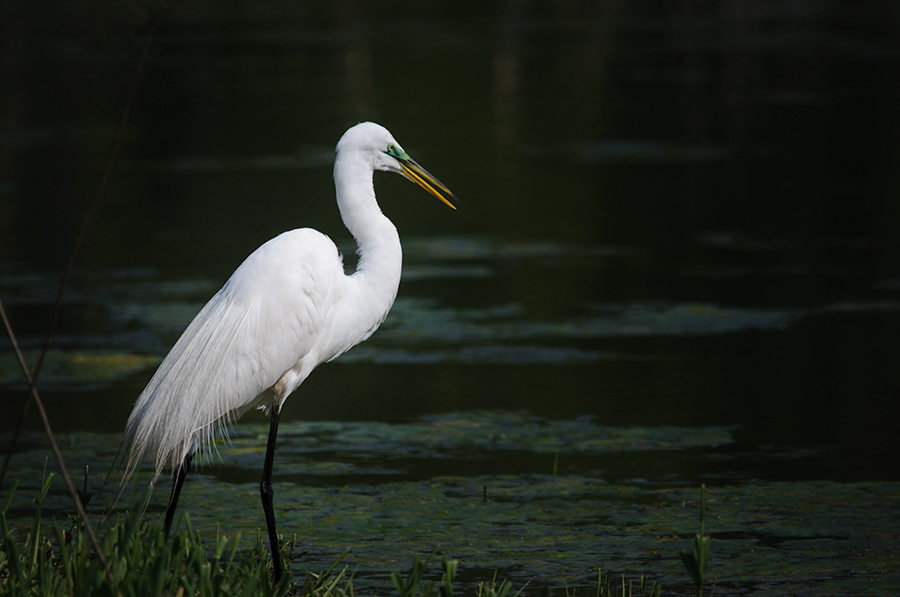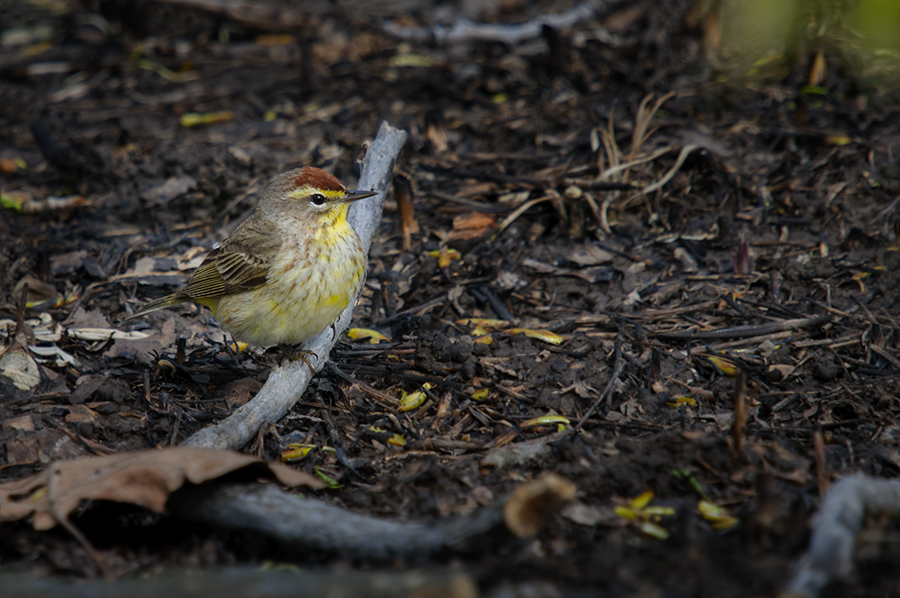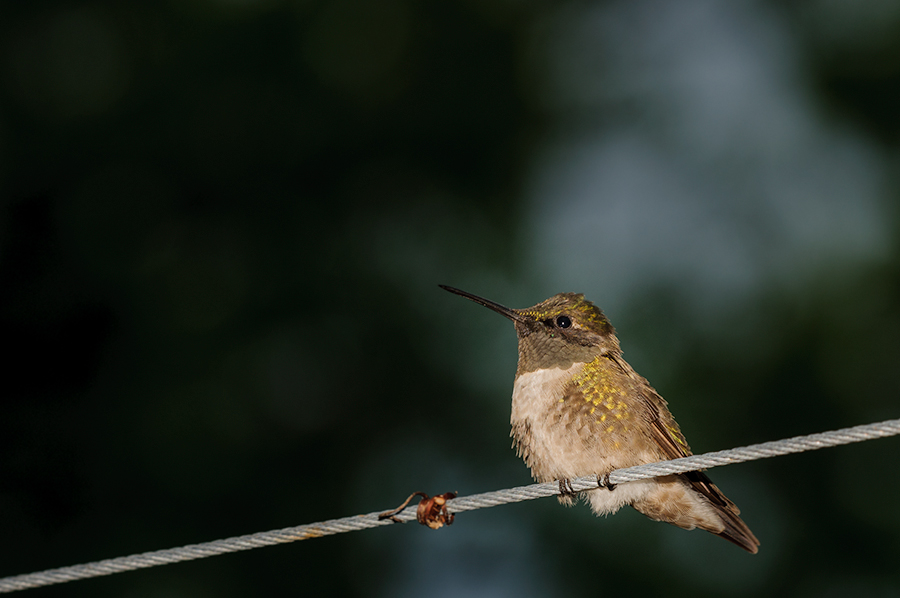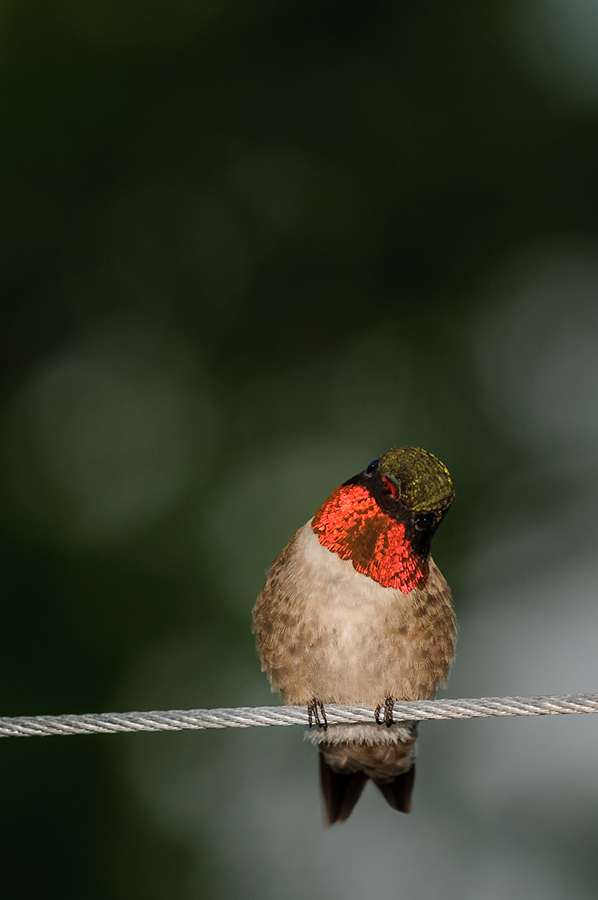
I realized today again that I still have a lot to discover and to learn about the wildlife here in Eastern Iowa where we live now since almost nine years. It wasn't until tonight that I found out that I made an image of a Black-crowned Night-Heron last Sunday in the Green Island Wetlands. For some reason I thought it was a different heron that I had seen before but this one was really a first sighting for me. It was actually a couple of them. Didn't see the second bird, which was hidden behind a tree stump, until something disturbed them and they flew away to a different location behind the trees in the background. They are primarily nocturnal but some may feed during the day as well. They are seen often standing still in the water for long periods of time and hunting for fish that swim by too close. I have to keep my eyes open. I like to see the Black-crowned Night-Heron again and maybe get a closer look at this wonderful bird.

